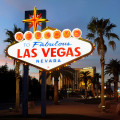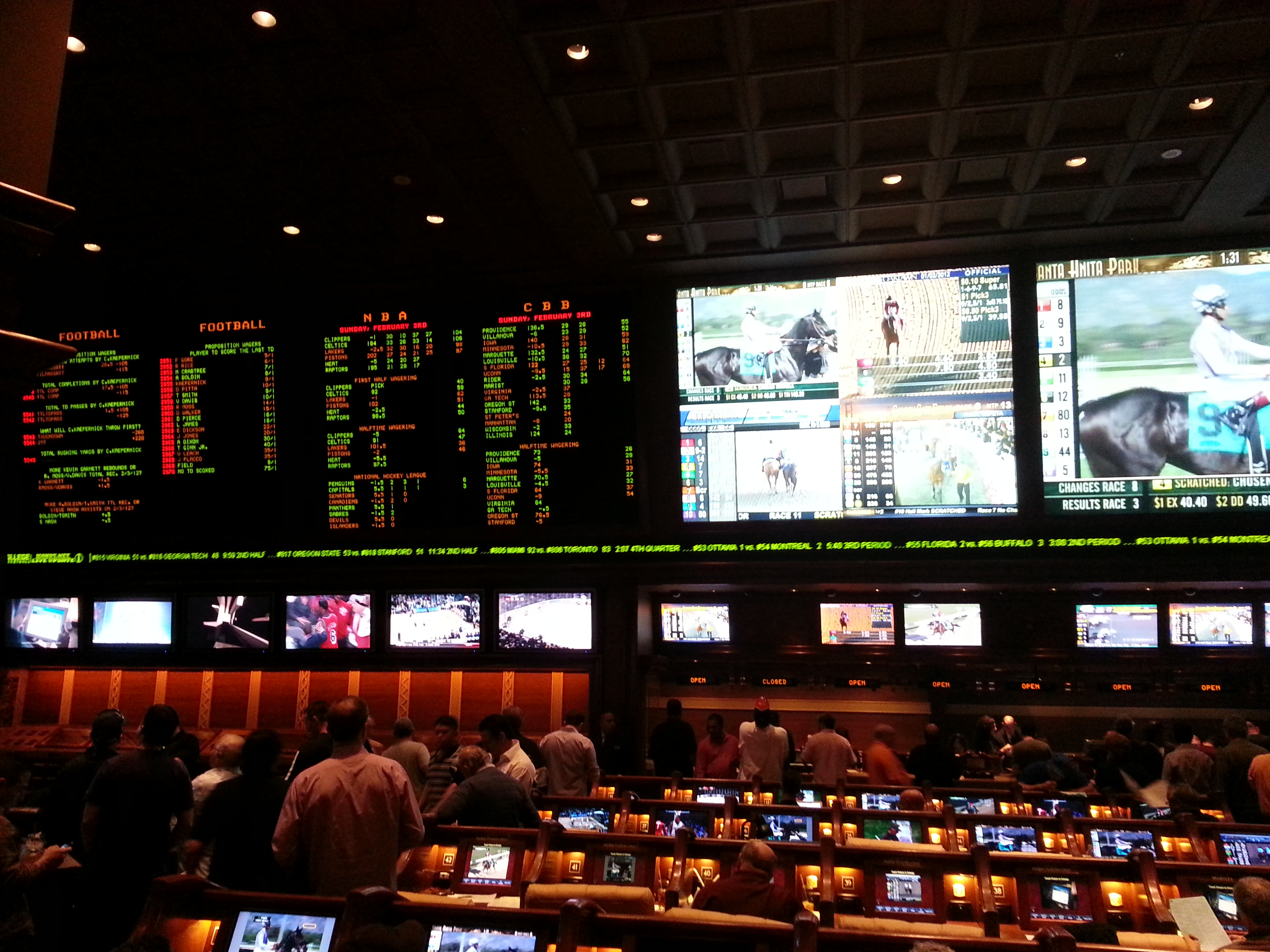
The History of Las Vegas Showgirls: A Glittering Legacy
Las Vegas, often referred to as the “Entertainment Capital of the World,” has a long and storied history of dazzling audiences with its extravagant shows, and at the heart of this spectacle are the iconic Las Vegas showgirls. These glamorous and talented performers have been a staple of the Las Vegas entertainment scene for decades, adding an extra layer of glitz and glamour to the city’s world-renowned casinos, resorts, and theaters. In this article, we will take you on a journey through the history of Las Vegas showgirls, from their early beginnings to their presence in the present day.
The Birth of Showgirls in Las Vegas
The origins of Las Vegas showgirls can be traced back to the early 20th century when the city was still a relatively small desert town. In the 1930s, as Las Vegas began to grow and establish itself as a destination for tourists, the need for entertainment options became apparent. Nightclubs, casinos, and theaters started to spring up, and with them came the birth of the Las Vegas showgirl.
The first showgirls were often part of the chorus line in musical revues, which were popular entertainment forms at the time. These shows featured elaborate dance numbers, catchy tunes, and glamorous costumes. Showgirls were known for their radiant beauty and impeccable dance skills, and they quickly became an integral part of the Las Vegas entertainment landscape.
The Golden Age of Showgirls
The 1950s and 1960s are often regarded as the “Golden Age” of Las Vegas showgirls. This era saw the rise of iconic venues like the Sands, the Flamingo, and the Stardust, which hosted some of the most legendary performances in showgirl history. These shows were often headlined by famous entertainers such as Frank Sinatra, Dean Martin, and Elvis Presley.
Showgirl productions during this time were marked by extravagance. Elaborate costumes adorned with feathers, sequins, and rhinestones were the norm. These dazzling outfits were designed to capture the imagination of the audience and create a sense of wonder. The choreography was equally impressive, with intricate dance routines that showcased the showgirls’ remarkable talent.
The Influence of the Rat Pack
One of the most significant factors in the popularity of Las Vegas showgirls during the Golden Age was the influence of the Rat Pack. Frank Sinatra, Dean Martin, Sammy Davis Jr., and their associates were regular performers in Las Vegas, and they often shared the stage with the showgirls. This association added an extra layer of glamour and sophistication to the shows and cemented the showgirls’ status as icons of the era.
Changing Times: The 1970s and Beyond
As the 1970s rolled in, the entertainment landscape in Las Vegas began to change. The traditional showgirl revues faced competition from a new wave of entertainers, including magicians like Siegfried & Roy and larger-than-life productions like Cirque du Soleil. These acts brought a fresh approach to Las Vegas entertainment, emphasizing storytelling and visual spectacle over traditional chorus lines.
However, showgirls continued to have a presence in Las Vegas, albeit in evolving forms. Many production shows, such as “Jubilee!” at Bally’s and “Folies Bergère” at the Tropicana, continued to showcase the classic showgirl style well into the late 20th century. These shows were renowned for their opulent sets, glamorous costumes, and skilled performers.
Present-Day Showgirls: A New Era
In the 21st century, Las Vegas has seen a resurgence of interest in its iconic showgirl tradition. While the classic revues have become less common, modern interpretations of showgirl performances have found their place in the city’s entertainment landscape. Today’s showgirls often appear in more intimate settings, such as nightclubs and lounges, as well as in special events and corporate functions.
Contemporary showgirls maintain the essence of glamour and talent that their predecessors embodied, but they also bring a fresh and diverse perspective to the art form. Modern Las Vegas showgirls come from various backgrounds and embrace a wider range of dance styles, from classic burlesque to contemporary hip-hop fusion. This inclusivity reflects the evolving tastes of today’s audiences and the city’s commitment to staying relevant in the ever-changing world of entertainment.
Conclusion
The history of Las Vegas showgirls is a captivating tale of glitz, glamour, and entertainment evolution. From their humble beginnings in the early 20th century to their iconic status during the Golden Age of Las Vegas, showgirls have left an indelible mark on the city’s entertainment scene. While their role has evolved in response to changing times, showgirls continue to captivate audiences with their beauty, talent, and the enduring legacy they represent in the Entertainment Capital of the World. Whether in classic revues or modern interpretations, the allure of Las Vegas showgirls remains as vibrant as ever, ensuring that their glittering legacy lives on for generations to come.






